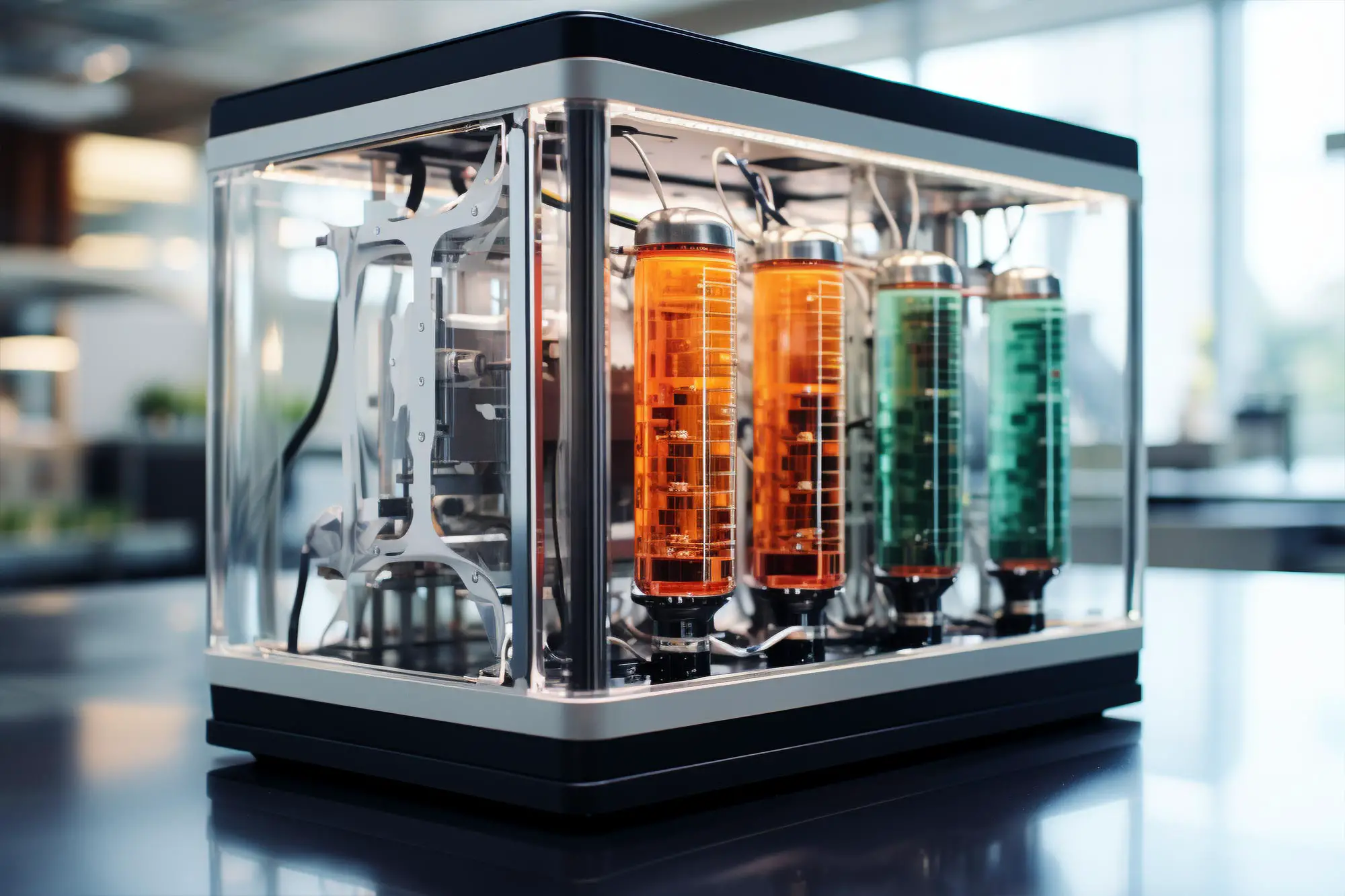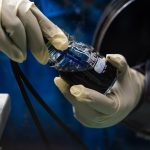The Lithium-Sodium Battery Revolution and Salt Power
Researchers have developed a method of combining lithium and sodium for use in high-quality batteries, marking a significant advance in battery technology. Lithium is in great demand since it is used in lithium-ion batteries; by combining the two, they hope to lower prices, safeguard the supply chain, and deal with the rising scarcity of lithium.
The combination of lithium and sodium is being studied by scientists at Arizona State University, and it could revolutionize the battery industry. Preliminary results demonstrate a thermodynamically stable 10% sodium-lithium mixture, with an estimated 20%. Their goal is to reduce costs and stabilize the supply chain.
As its use in lithium-ion batteries for e-vehicles, laptops, and portable devices continues to skyrocket, demand for the metal continues to outstrip supply, making lithium the new gold. Researchers have come close to figuring out how to use sodium instead of some of the lithium, which would reduce costs and provide a steady supply.
Recently, researchers have considered replacing lithium with sodium or other metals in high-capacity batteries. Lithium batteries are the best at supplying the concentrated charge required to power automobiles and portable electronics, while sodium batteries are cheaper and more readily available (it is present in seawater, as sodium chloride). A new strategy, advocated by Arizona State University Ph.D. student Tullio Geraci and Professor Alexandra Navrotsky, promises to relieve supply concerns and open the path to cheaper batteries and a more secure supply chain by combining lithium and sodium in a single battery.

Structures, homogeneity, and thermodynamic properties of lithium-sodium compounds are being characterized as part of the group’s material-synthesis efforts. High-temperature oxide melt solution calorimetry, a technique invented and perfected at the Navrotsky lab, is used to measure the energy stability of the materials, while heating experiments are used to determine the possibility of decomposition during use.
Tullio Geraci, who presented their research at the Goldschmidt geochemistry conference, said, “We have been mixing little amounts of sodium with lithium, and evaluating it for stability, and then observing how it functions. Initially, the mixture’s stability did not look good, therefore the first step is to ensure that it remains in a useful state. However, things became more stable when we upped the sodium content. The 10% blend we’ve achieved so far appears to be fine and maintains thermodynamic stability. We estimate that we can increase this to about 20% without noticing a major drop in performance.
We weren’t sure if these Li/Na dilutions were even possible,” Tullio Geraci continued. We discovered, to our surprise, that solutions lose homogeneity and the crystal structure necessary to build a battery when diluted too little. However, the stability of the material improves as sodium content is raised. Once we have determined the optimal combination, we will need to share our findings with battery experts so that they can begin manufacturing the first sodium-lithium batteries. We consider these to be the preliminary stages of a new battery technology.
“The research by Geraci and Navrotsky highlights how geochemistry can be applied to developing new materials of technological importance,” commented Professor Nancy Ross from the Department of Geosciences at Virginia Tech in Blacksburg, Virginia. Their findings provide a new, exciting path toward discovering cheaper, more long-lasting, and environmentally friendly ways to produce the Lithium batteries we use every day.








